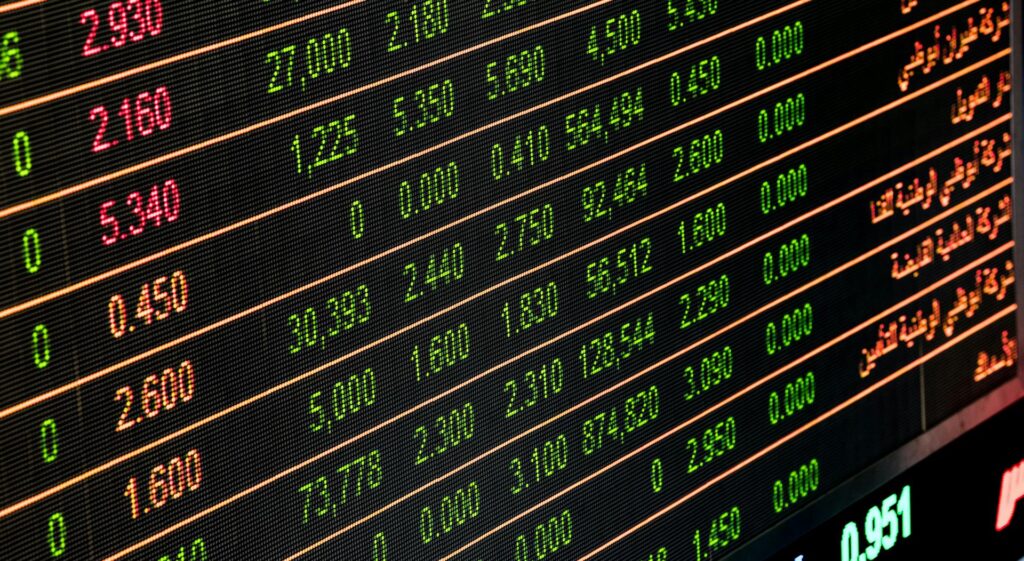
Pakistan’s Inflation Rate: Introduction
Pakistan’s inflation rate shows a marked slowdown, depicting a substantial drop from the high rates observed in the previous period. The decline signals that there is something improving about the economic situation of the county towards its financial status.
The recent Consumer Price Index bulletin issued by PBS illustrates major changes that are taking place in different sectors of the economy. With these detailed results, essential considerations that influence the core inflation rate become more apparent to help policymakers and other economists make wise decisions.
These findings in the bulletin provide a richer explanation of what influences this type of economy which is very intricate and has many moving parts.
Inflation Rate Overview
Although inflation slowed down in the past month, the inflation rate for first 4 months of fiscal year 2023-24 remain above its targeted level, making it difficult for Bangladesh to achieve its economic objectives.
Policymakers and stakeholders were concerned about the core inflation rate which hit a record high for the year in May. Nevertheless, the rate of inflation has gradually reduced over time signifying a shift in the economic condition and an indication of hope for upcoming budgetary control.
Sector-wise Analysis
a. Alcoholic Beverages and Tobacco
The prices of alcoholic beverages and tobacco observed a noticeable upward trend, although the rate of increase was comparatively slower than the preceding month. This suggests a slight adjustment within this sector, potentially signifying a stabilization in the pricing dynamics of these commodities.
b. Recreation and Culture
However, a significant positive increase can be observed for recreation and culture category, albeit at a somewhat milder pace compared with other groups that showcase higher rates of growth in that particular segment. This reveals an approximation towards equilibration of the market’s movements indicating that more studies are required to establish what could have caused the same.
c. Furnishings
The furnishing sector recorded remarkable growth for the month despite a marginal fall compared with the previous month indicating that some slowdown might be taking place in this segment. This trend points out a thorough examination of the fundamental market forces affecting the demand and supply incurred in the furnishing industry. There is a need for further analysis to unravel the intricate determinants that accounted for the unexpected growth trajectory change of the industry.
d. Food Inflation
The sharp fall in food inflation contributed significantly to pushing down the total inflation, which indicated a healthy and favorable trend for this crucial segment. The noteworthy decrease points to the role that supply and demand changes, together with other variables, could play in determining the prices of basic foods. Such a study should provide an all-encompassing explanation of the factors responsible for this fall to help understand where it could be heading and how it may play out in the wider economy.

Monthly Price Changes
A thorough analysis of the trend of the monthly pricing indicates some sections of the economy that held firm or witnessed an almost negligible change. These include the likes of hotel bills, transportation costs, housing & utility costs, health expenditures, clothing & shoes expenditures, and educational expenditures.
The subtleties of the relationships between sectors in the economy underpin the general trend of prices. Looking at these sectors gives a good picture of the economy in general, which helps in making good decisions when dealing with market uncertainties that lead to uncertainty in supply.
Core Inflation
Analysis of core inflation that does not include food and energy reveals a uniform and steady curve with slight fluctuation in a few cases, showing relative stability of prices within that particular component. Therefore, this observation underscores the necessity to differentiate between the underlying determinants of inflation and the fluctuating food and energy costs to gauge the genuine economic strength and sustained pricing tendencies.
This implies that policymakers and economists must carry out a comprehensive assessment of the factors affecting this sector in order to formulate appropriate strategies and policies that will enhance price stability and economic sustainability respectively.
Read More: Plight of Women Behind Bars: Inside Pakistan’s Neglected Prison System
Wholesale Price Index (WPI) and Sensitive Price Indicator (SPI)
WPI and SPI reveal slight rises showing that constant tracking and analysis are still required concerning general prices’ movements within the market. This goes on to show that extensive market surveillance coupled with the study of pricing determinants of relevant commodities becomes vital.
Policymakers along with market analysts should continue closely monitoring WPI and SPI in order to avoid any inflation risks as well as stabilize the economy.
Rural vs. Urban Inflation
Inflation rates were higher in rural areas than in urban centers implying different pricing systems in these geographical areas. There is an urgent need to comprehensively understand the differential price movements between the rural and urban areas.
Policymakers need to focus on identifying the root causes of such disparities as they are required in designing strategies aimed at helping rural and urban populations equally foster sustainable and equitable economic development.
Year-on-Year Analysis
A close look at the annual changes in the important prices for food and non-food products reveals considerable variations including significant rises and falls. This reveals the need for constant follow-up of long-term trends and their economic effects as well.
The latest data may point to an easing of inflation, but it is still required at all times that policies are adjusted accordingly so as to ensure continued economic stability. The role of monitoring any arising risks associated with the inflation rate cannot be undermined as it still requires a keen eye.



Pingback: Pakistan General Elections 2024 Political Parties Response